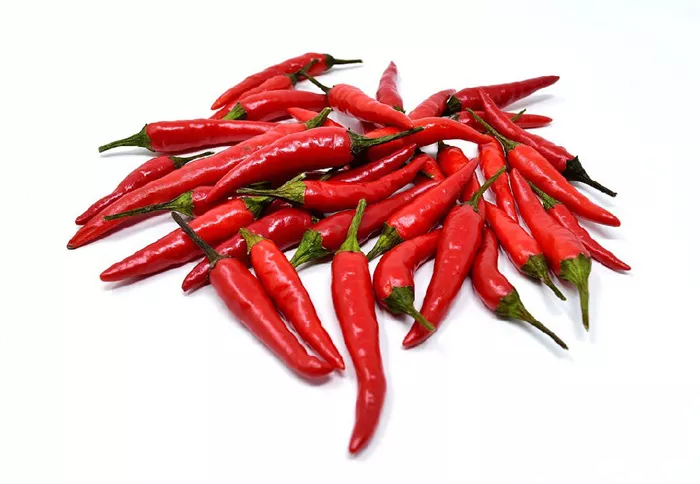Undergoing a hair transplant is a significant decision that requires careful post-operative care to ensure optimal results. Among the many dietary considerations patients have, one common question is: When can I safely resume eating spicy food after a hair transplant? While spicy foods are enjoyed worldwide for their flavor and potential health benefits, they can also influence healing, blood circulation, and scalp sensitivity. This article provides a detailed, medically informed guide on reintroducing spicy foods into your diet after a hair transplant, ensuring a smooth recovery without compromising graft survival.
Understanding the Hair Transplant Healing Process
Before addressing dietary restrictions, it’s essential to comprehend the stages of recovery following a hair transplant:
First 72 Hours: The grafts are most vulnerable, requiring minimal disturbance.
First 7-10 Days: Scabs form and begin to shed; the scalp remains sensitive.
2-4 Weeks: New hair enters a resting phase (shock loss), while the scalp continues healing.
3-6 Months: Visible hair growth begins as follicles stabilize.
Since spicy foods can affect blood flow and inflammation, their consumption must align with these healing phases to avoid complications.
Why Spicy Foods May Impact Recovery
Spicy foods contain capsaicin, which triggers several physiological responses that could interfere with post-transplant healing:
Increased Blood Circulation: Capsaicin dilates blood vessels, potentially leading to swelling or bleeding at the graft sites.
Body Temperature Rise: Spicy foods may induce sweating, increasing the risk of infection if sweat reaches healing incisions.
Digestive Sensitivity: Some patients experience acid reflux or indigestion, which can disrupt rest and nutrient absorption—key factors in recovery.
Given these effects, moderation and timing are crucial when reintroducing spicy foods.
The Ideal Timeline for Eating Spicy Food After a Hair Transplant
To minimize risks, follow this structured timeline:
First 7 Days
Reason: The grafts are settling, and increased blood flow from spicy foods could dislodge them.
Alternative: Opt for mild, nutrient-rich foods like lean proteins, vegetables, and whole grains.
Days 8-14
If No Complications: Small amounts of mildly spicy food may be tolerated, but monitor for sweating or scalp irritation.
Avoid Extremely Spicy Dishes: Chili peppers, hot sauces, and heavily spiced meals should still be avoided.
After 2 Weeks
Assess Scalp Sensitivity: If healing is progressing well, moderately spicy foods can be consumed.
Stay Hydrated: Counteract potential dehydration from spices with ample water intake.
After 1 Month
Full Healing Expected: By this stage, grafts are secure, and spicy foods can be safely enjoyed in normal quantities.
Factors That May Delay Spicy Food Consumption
Some patients may need to wait longer before reintroducing spicy foods due to:
Slow Healing: If scabs persist or redness remains, delay spicy foods to prevent irritation.
Excessive Sweating: Those prone to heavy sweating should avoid spices longer to prevent graft area moisture buildup.
Underlying Digestive Issues: Patients with acid reflux or gastritis should consult their doctor before resuming spicy meals.
Best Practices for Eating Spicy Food Post-Transplant
If you choose to reintroduce spicy foods, follow these guidelines:
Start with Mild Spices: Begin with black pepper or paprika before advancing to hotter varieties.
Monitor Body Reactions: If you experience discomfort, sweating, or scalp irritation, pause consumption.
Maintain Scalp Hygiene: Wash your scalp gently if sweating occurs to prevent clogged follicles.
Stay Hydrated: Spicy foods can dehydrate, so increase water intake to support healing.
Alternative Flavor Enhancers During Recovery
If avoiding spicy foods feels challenging, consider these flavorful yet safe alternatives:
Herbs (Basil, Oregano, Thyme): Add aroma without heat.
Lemon & Citrus Zest: Provides a tangy kick without spiciness.
Garlic & Ginger: Offer mild warmth and anti-inflammatory benefits.
Additional Considerations for Optimal Recovery
Beyond simply avoiding spicy foods, patients should adopt a holistic approach to post-transplant care to maximize graft survival and promote faster healing. Here are some additional factors to consider:
Nutritional Support for Hair Growth
Protein-Rich Diet: Hair follicles are primarily made of keratin, a protein, so consuming lean meats, eggs, and legumes aids recovery.
Vitamins & Minerals: Zinc, biotin, and vitamins A, C, and E support follicle strength and reduce inflammation.
Omega-3 Fatty Acids: Found in fish, flaxseeds, and walnuts, these help maintain scalp health and reduce dryness.
Lifestyle Adjustments
Avoid Alcohol & Smoking: Both can impair blood circulation, delaying healing and weakening grafts.
Gentle Exercise: Light walking is safe, but avoid intense workouts that increase sweating for at least two weeks.
Stress Management: High stress can trigger hair shedding, so relaxation techniques like meditation may help.
Monitoring for Complications
If you experience excessive redness, pus, or prolonged itching after reintroducing spicy foods, consult your surgeon immediately. These could indicate infection or irritation requiring medical attention.By integrating these practices with smart dietary choices, you can ensure a smoother recovery and better long-term results from your hair transplant.
Conclusion
While spicy foods are a beloved part of many diets, patients must exercise caution after a hair transplant to ensure proper healing. The safest approach is to avoid spicy foods for at least 7-10 days, reintroducing them gradually based on individual recovery progress. By following medical advice, monitoring your body’s response, and prioritizing scalp health, you can enjoy your favorite spicy dishes without compromising your hair transplant results. Always consult your surgeon for personalized dietary recommendations based on your healing trajectory.By adhering to these guidelines, you can strike a balance between satisfying your taste buds and safeguarding your newly transplanted hair for long-term success.
Related Topics

